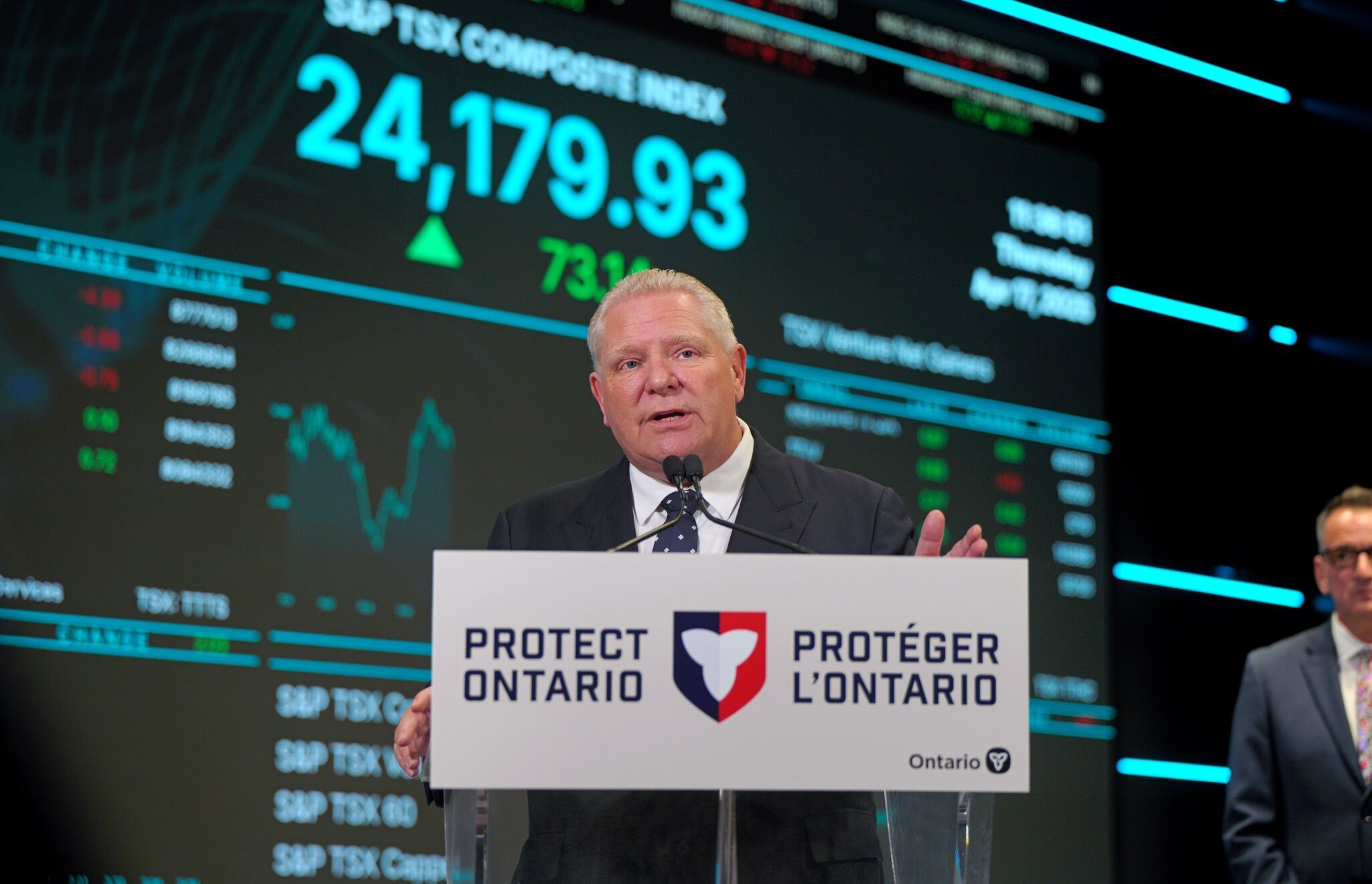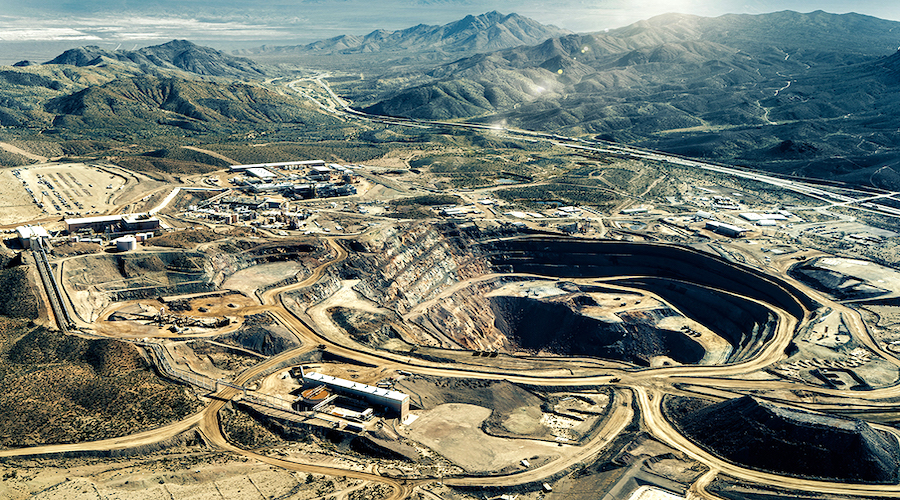Digitalization and mining: How to make sense of the data in minerals processing?

The third wave of digitalization is taking the mining industry by storm. Not everyone is riding on top of the highest wave, but instead trying to settle on their surfboards and figuring out how to go forward. For example, do age, connectivity and heterogeneity of the fixed plant assets restrict the speed, and what is there to gain? Are autonomously optimized equipment, high asset availability and uptime, and safer and more predictable operations achievable goals? How could the right partner help us win the race?
When it comes to minerals processing, the vast majority of mining companies are still early in the third wave of digitalization. The first wave of digitalization was the automation of minerals processing plants during the ‘70s and ‘80s, when plants added unit automation (PLCs) to the equipment and built distributed control systems (DCS) and plant networks. During the second phase of digitalization, in the past two decades, Advanced Process Controls and PID loop tuning were added to better control the variability of the process and to optimize yields at the overall process level.
The third wave of digitalization is now making operations more autonomous. This means connecting the plants remotely to large cities, where there is better access to skilled labour. The third wave also includes asset optimization and predictive maintenance on a per equipment level, which requires developing algorithms and AI tailored for each specific type of equipment. Promises of the third wave of digitalization include autonomously optimized equipment, high asset availability and uptime, and safer and more predictable operations.
The role of age, connectivity and heterogeneity of fixed plant assets
Many mining companies have already successfully implemented autonomous operations and asset optimization to some of their critical mobile assets, such as large haul trucks and trains. Now they are turning to the fixed plant to operate and optimize minerals processing equipment in the same way. A key challenge in this is the heterogeneity of the equipment installed base that has been accumulated over multiple decades and from various equipment vendors.
Another issue can be the age of the equipment, which in some cases may date back to the ‘70s. In those cases, the equipment will lack even the basic automation and thus requires retrofitting sensors and adding PLC -level automation first. Many of Metso’s customers are now planning to pilot their first remotely connected, (semi-) autonomously optimized minerals processing equipment. Metso Metrics is our answer to this need.

WRITER: Jani Puroranta, Chief Digital Officer, Metso
Interestingly, connectivity is rarely an issue for our customers. The plants already have their control and supervisory networks, operated through standardized fieldbus protocols that were developed decades ago. Also, most of the mine sites are well connected to the internet through fixed lines. Of course, private 5G networks and things of that nature are important for autonomous mobile equipment (particularly underground) that needs to be controlled and operated remotely at a high data transfer speed and low latency. But for fixed assets, this is not an issue. When going forward, 5G technology may replace wired plant networks and fieldbuses, but this has little impact on Metso, at least in mining.
Hence, the challenge becomes not in how to move the data around, but how to actually make sense of all this data that has been “laying around” for years without anyone paying much attention to it.
Metso Metrics is all about making sense of the data
With Metso Metrics, we are helping our customers to turn their equipment data into actionable insights in real-time. This is done with help of algorithms and AI developed by Metso, advanced reporting tools, and our remote experts who support our customers globally in Metso Performance Centers.
What sets us apart from the competition is two things: we know our equipment and their “quirks” inside out, and we have field service people on the ground at the customer site, service people who are ready and prepared to take action when needed. Today we have five plants in Australia, USA, South America, Europe, and Africa connected to Metso Metrics. We are also helping several other customers to develop their pilot programs to start learning what this third wave of digitalization could mean for minerals processing and their operations. Our goal is to have as many as one hundred mining equipment units around the world connected to Metso Metrics by the end of 2019.
More News
Ukraine-US sign memorandum on minerals deal
April 17, 2025 | 03:05 pm
Ontario promises to cut red tape for critical mining projects
April 17, 2025 | 01:48 pm
MP Materials halts exports to China
The move follows Chinese restrictions announced earlier this month.
April 17, 2025 | 01:32 pm
{{ commodity.name }}
{{ post.title }}
{{ post.date }}




Comments